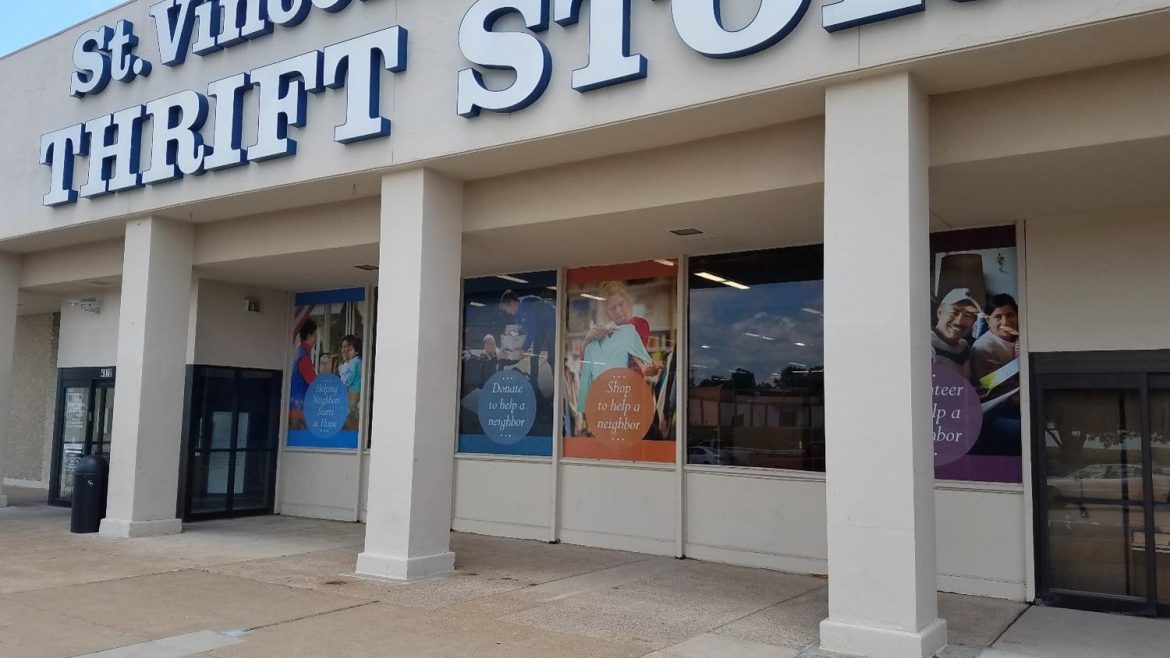By John Thelen, Mideast Region – Diocese of Lansing
Throughout the country, there are three SVdP Thrift Store Staffing Models. Stores are either staffed by paid employees, staffed by volunteers, or some combination of the two. Whichever staffing model is used, a key factor in a store’s success is staff engagement. If staff/volunteers are not invested in the work of our great mission, the store will not reach its full potential.
It is important for staff/volunteers to be aware of our mission. Why do we do what we do? Let us be honest, sorting socks and underwear is not a very glamorous job. However, when you know why you are doing what you are doing, it makes the most tedious jobs tolerable.
What might help keep your staff/volunteers engaged? Make sure they are aware of your store’s mission. What do you do with your store proceeds after expenses are paid? In addition to providing employment/volunteer opportunities, do you help our Neighbors in Need with clothing, furniture, and household items? Does your store have a food pantry or assist Neighbors with rent, utilities, prescriptions, car repairs, etc.? Make sure everyone is aware of the types of assistance your store provides.
Another way to increase engagement is regularly (monthly) sharing pertinent statistics that staff/volunteers might find interesting, including the total number of donations received, total number of requests for assistance, and gross sales for the month. Maybe list the statistics you would like to share by month, showing every month of the fiscal year for comparison purposes.
Celebrate your successes. You can always find a reason to provide some type of treat to your staff/volunteers. If you hit a high month in donations or sales, put a sign in the break room and pick up Klondike Bars and tell staff/volunteers to help themselves from the freezer. Be sure to have enough to cover all shifts for a particular week. Maybe grill hot dogs/brats and provide chips when the weather is conducive to grilling. Most people like pizza — let staff know you will be providing pizza to say ‘Thank You’ for all they do to support our mission. Maybe have an annual Christmas Dinner after work and invite staff/volunteers and guests. Share a brief program letting everyone know the impact they are making to help our Neighbors in Need.
If your staffing model does not currently include volunteers, think about reaching out to your parish members to make them aware of volunteer opportunities. Personally invite parishioners to a group gathering at your store to let them know the types of volunteer activities you have available. If you are not sure who to ask, start the process by going through your parish pictorial directory. This will help recognize people that you think might be interested in supporting our SVdP mission. Another volunteer recruitment option is a short bulletin notice in neighboring parish bulletins. You might consider sending it to other denominations to collaborate with the churches in your community.
Volunteers are great advocates to tell our story in the community. If your volunteers feel engaged, they will tell/invite others to become involved. When they are engaged, they feel more committed to showing up for their shift(s). Make sure your volunteer shifts are manageable lengths of time and encourage your volunteers to take a break partway through their shift to converse and build relationships with other volunteers. Once they get to know one another, they look forward to coming in.
Provide snacks in the break room. Maybe offer individual bags of snacks, chips, crackers, fruit snacks, peanuts, pop, coffee & water.
If you have a large number of active/regular volunteers, make sure the volunteers know what they are scheduled to do when they arrive. Either post a schedule or have someone assigned to let them know what you would like them to do for their shift. To know who will be there on a particular day, create a schedule for the day/shift, so you are aware of your workforce for each shift. If volunteers know they will not be able to come on a particular shift, have a monthly wall calendar where they can note if they will not be coming for a particular shift.
Volunteers & staff can be great advocates to tell your story in the community.
Hopefully you or another SVdP Council/Conference/Store member will be attending the Mid-Year Meeting in St. Louis, MO in March. Please consider attending the Stores Meeting on Wednesday. An agenda is included in this article. New this year will be a Stores Committee table in the Vendor area on Wednesday and Thursday. Please stop by to meet and talk with some of the Store Committee members.
If you have a topic that you would like addressed in a future Stores Corner article, please e-mail Jeff Beamguard, Director of Stores Support.


